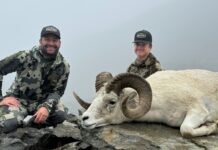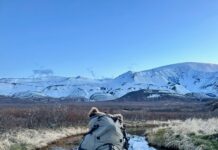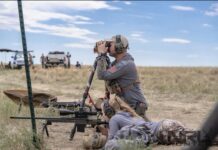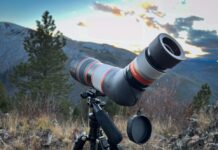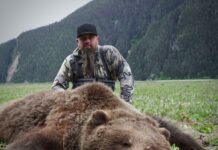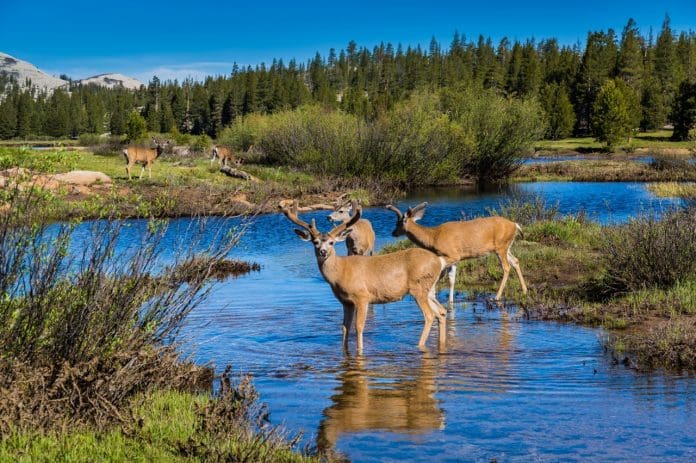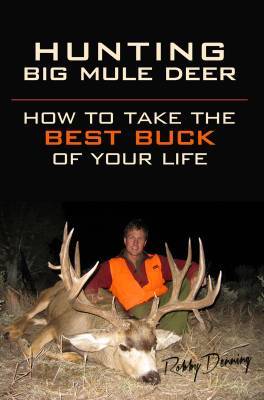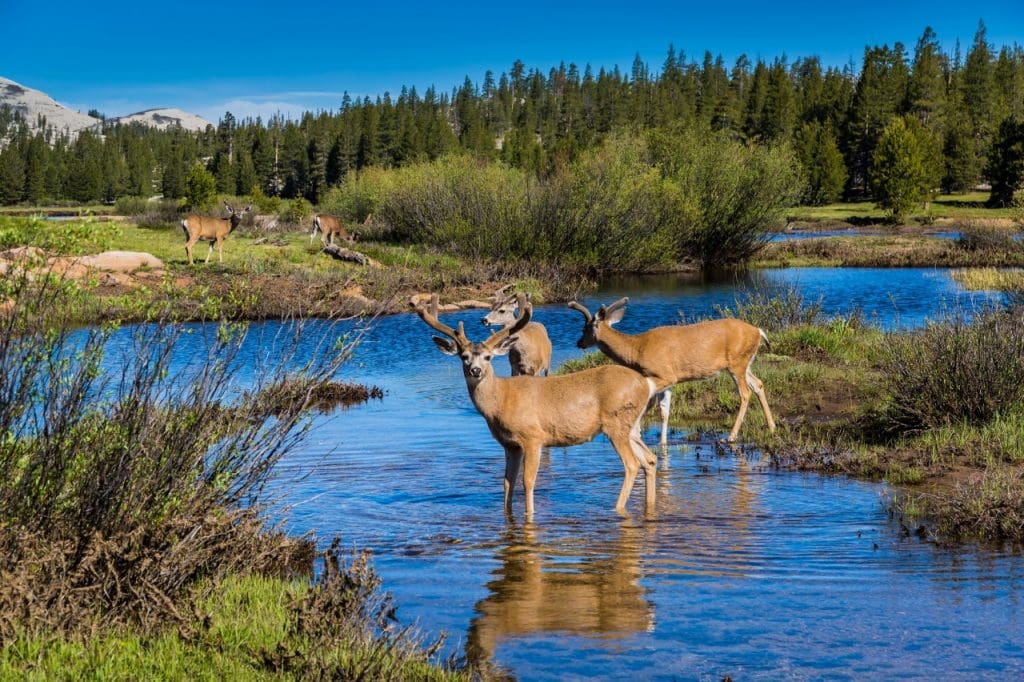
Twenty years ago when researching hunts, I ordered hunting statistics directly from the biologist, bought newspapers over the phone from towns near where I wanted to hunt, and clipped magazine articles about buck hunting. I dedicated a three-drawer file cabinet to the storage of all this data. You just can’t remember everything you’ve researched, so a system to save data efficiently is essential.
It would seem that with the age of “paperless everything,” a big buck hunter could do away with the cumbersome and messy file cabinet. A few years back I thought that, too, but still found myself using my good ol’ file cabinet with frequency. Why?
1) I put in 4-6 hours per day on a computer to make a living. Researching mule deer is one my pleasures in life and the thought of having to “log-in” yet again to do some quick research turns a pleasurable task into drudgery. I’d rather pull a file, lay it out on the table (or even my lap if I’m in my easy chair) and read away. It’s a stress-reliever for me and computers these days only seem to add to my stress.
2) Although most photography has gone digital, I still have hundreds of photos of big deer (and terrain) that I need to access to. Sure, I could scan all of them into digital files, but then I’d be back to the problem in #1. Also, occasionally someone sends me a photo I want to save and I can just drop it in my file cabinet.
3) Magazines like The Huntin’ Fool still publish some great articles with pertinent information. Rather than hassle with a scan, I just tear the article out and drop it into the pertinent states’ file. Also, sometimes I don’t have time to read an article and rather than save the entire mag, I’ll save just the article. (FYI, I save all the January-June copies five years back of my Huntin’ Fool mags as they contain all the hunt tables/recommendations from every state, a resource I’m constantly checking.)
I keep my January-June Huntin’ Fool Mags back for five years for easy research reference
4) I take a lot of handwritten notes in the field not to mention journal entries (my journals go back over 20 years.) Taking the time to digitize those notes once home just ensures the task will never happen. I can drop any notes in the applicable state’s files and I have all my journals at my fingertips in my file cabinet.
5) There is more and more research published digitally (articles, photos, forum posts) but I’ve found that sometimes I don’t need it for a few years and when I do, too often the links have been changed or I just can’t find them in the exponentially growing universe of cyberspace. Rather, I’ll print the article or post (along with it’s web-address) and save it hard-copy. Short of a flood or fire, I’ll always have that resource in my file cabinet and surprisingly, it’s usually easier to find.
6) Game & Fish hunt statistic data bases are massive and there is no common format among states, so I’m constantly having to re-learn and re-find statistics. If I’m just researching a unit or two, I’ll l just print off the applicable stats and file them hard-copy.
I’m not saying that I don’t file anything digital–I do. If a photo is sent to me digitally, I usually keep it digital. I keep all the Game & Fish agencies websites bookmarked in my browser. Google Earth is a valuable resource I access frequently and I save screen shots of areas I’m researching digitally (but if I want to mark them up, I print them off then store them in the file cabinet.)
If you go with the file cabinet route, I suggest starting with hanging files labeled for each state you’d like to eventually hunt (I also have files for Mexico and Canada). If a certain state’s file becomes too large, I subdivide it with tabbed-manila folders for certain unit’s or area’s info. I also keep a drawer with no files for journals and magazine storage. No matter how you do it, my point is to get organized. Ten years from now, you’ll be glad you did.
Coming up on the Rok Blog, I review the Sig Sauer ZULU5 binocular. Budget-minded buck hunters will want to see this post.
Be sure and Subscribe, upper right, so you don’t miss a post.
See how I research new areas in my book Hunting Big Mule Deer

